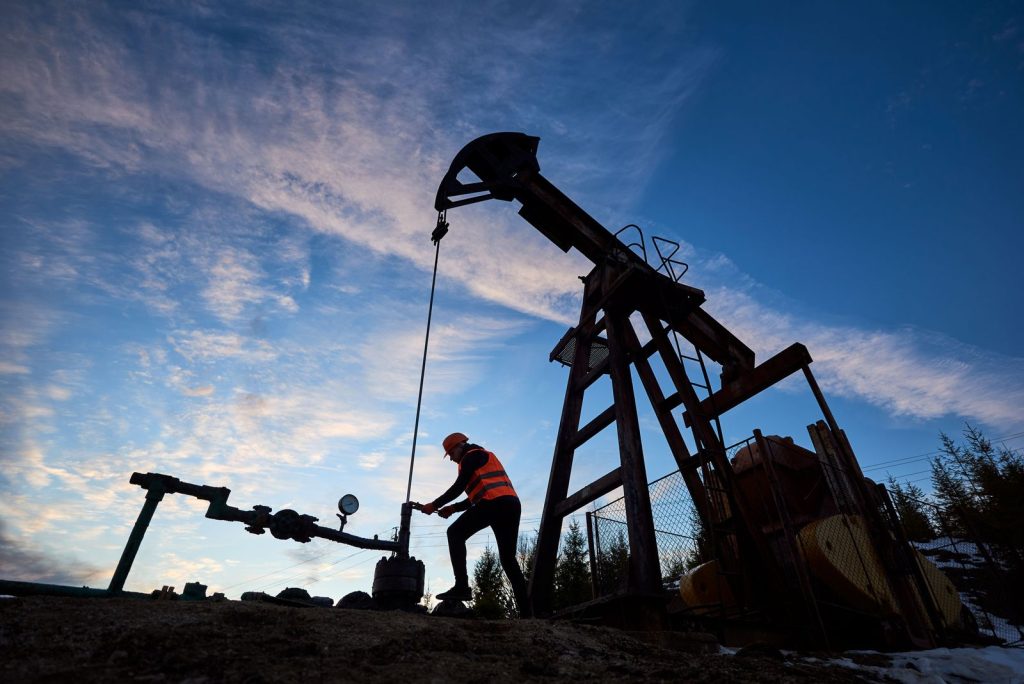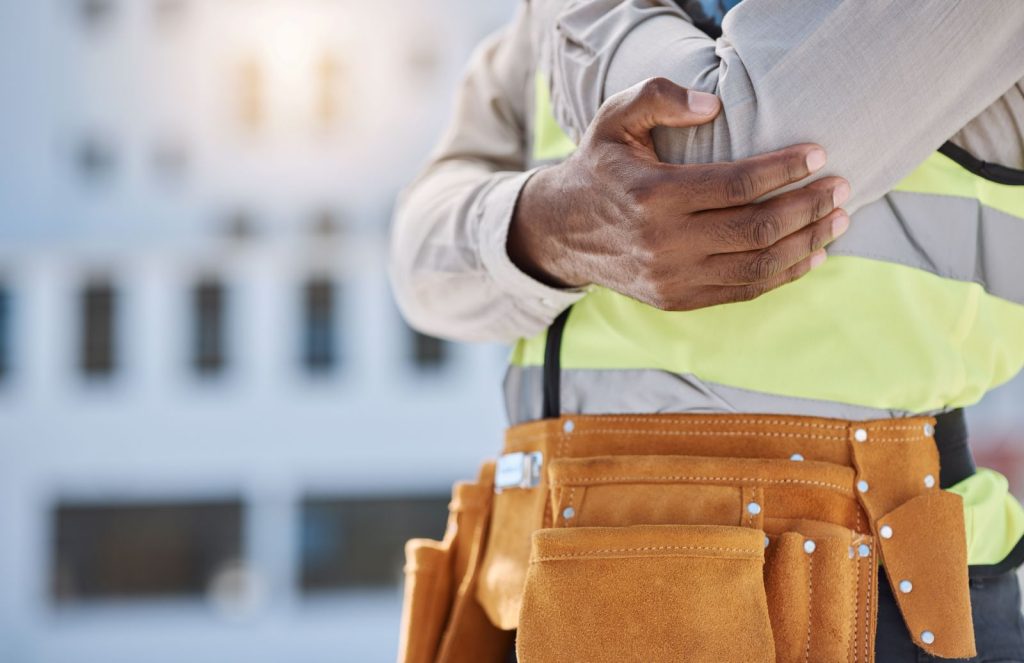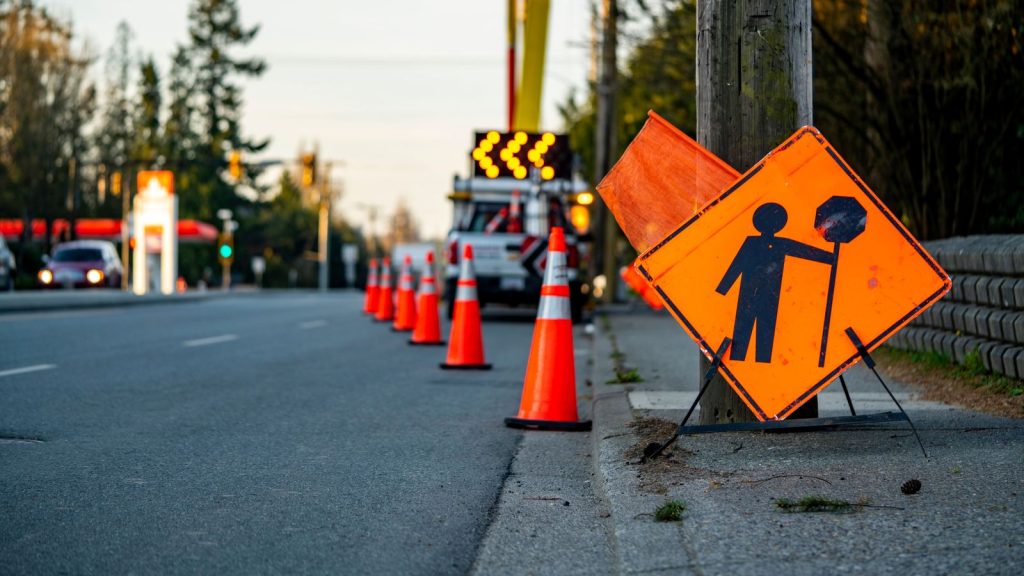10 Ways to Stop Workplace Injuries Related to Pushing & Pulling
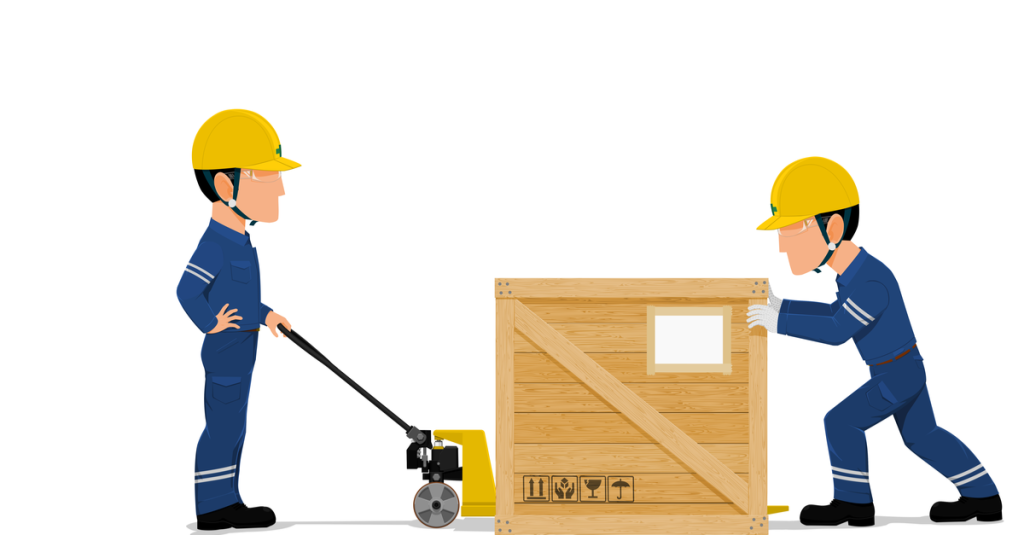
Industries from manufacturing to construction are filled with jobs that require manual tasks involving pushing, pulling, and lifting. Workers who regularly push, pull, and lift objects as part of their normal job duties could be at risk of developing injuries from sprains and strains to chronic back pain.
Manual activities such as pushing and pulling require workers to contort their bodies in ways that can be uncomfortable and risk injury. Overexertion can be a main result of improper pushing and pulling, an injury that is far too common. In Ohio, 22% of all workers’ compensation claims that were reported in 2012 were overexertion claims with an average cost of $8,147.
Proper ergonomic and biomechanics education is needed for every employee in manual occupations. From warehousing to agriculture & forestry, workers should use safe and injury preventive movements to complete pushing and pulling operations. This article will offer ways you can begin lowering your risk of injury and ensure you stay on the job pain-free for the long run.

The Physical Risks of Pushing and Pulling
The 2016 Liberty Mutual Workplace Safety Index reported overexertion injuries accounted for 24.4% of all reported workplace injuries with a total cost of $15.08 billion. Repetitive motions, excessive pushing/pulling and working in awkward positions lead to thousands of injuries per year in the workplace. Workers must be trained and educated on how to properly push and pull objects to avoid injury.
Injuries related to pushing and pulling activities include:
- Sprains and strains
- Slips, trips, and falls
- Neck and back pain
- Injuries to shoulders, hands and wrists
To keep workers safe and happy, proper pushing and pulling behaviors are a must in the workplace. Whether the setting is manufacturing or agriculture, best practices need to be in place to provide workers the resources to remain safe and healthy in the workplace.
10 Ways To Prevent Pushing and Pulling Injuries in the Workplace
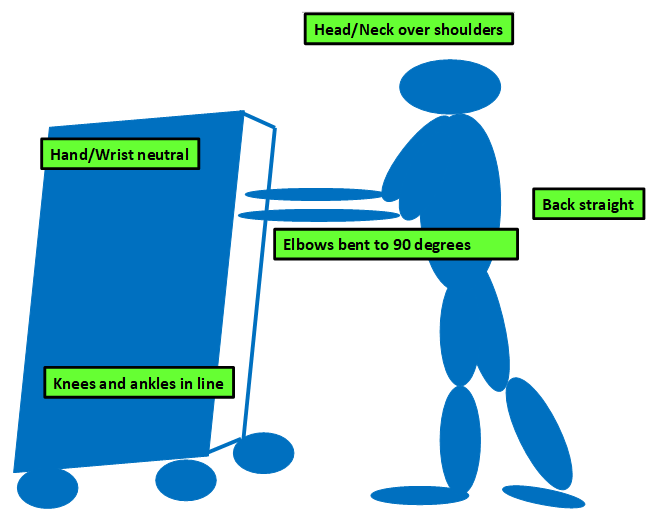
- Push over pull.
If at all possible, pushing an object is safer than pulling. If an object can be moved by push rather than pull the movement type should be changed. Pushing is easier on the body than pulling and provides better visibility for workers. - Assess the hazard.
Assess the object you are about to move before beginning. The shape, material, size, and weight are all factors that need to be evaluated beforehand. The path the object is being transported through also needs an assessment to ensure any other hazards are accounted for. - Don’t be awkward.
Avoid performing pushing and pulling activities while in awkward positions; for example, don’t push/pull from a twisted position with your trunk rotated. Proper body mechanics should be used at all times to prevent injury. - Get some help.
Use transport devices, such as hand trucks or pallet jacks to make pushing and pulling objects easier and safer. These devices help lower the risk of exertion but can increase other risks if not handled properly. Be sure to use them according to manufacturer’s guidelines. - Get closer.
When pushing and pulling objects it is good practice to be close to the object being moved. This reduces the torque in the body and decreases the risk of overexertion. Workers also have better control over their environment when pushing and pulling. - Hands up.
Two hands should be used at all times when pushing and pulling an object. Using one hand to complete a push/pull operation is inefficient and an injury waiting to happen. - Use your body.
When pushing an object, make sure to always use your legs and bodyweight. This helps prevent overexertion by using the forces of nature to help you achieve your goal. Do this most efficiently by bracing yourself with a wide or long stance. When traveling, be sure to take long steps to use the power of your legs. - Engage your core.
Protect your back by using the muscles in your core. When initiating a push or a pull, squeeze the muscles in your abdomen to provide a natural bracing. - Face-off with the load.
Always face the load when pulling. Facing forward and pulling an object behind you can lead to poor body mechanics which can increase the risk of injury. Facing the load while pulling allows workers to leverage their body weight to pull the object safely. - Slow down.
Pushing an object going too fast can cause problems. Pace yourself when moving an object to remain in complete control and protect those around you. Slower equals safer when it comes to pushing anything.
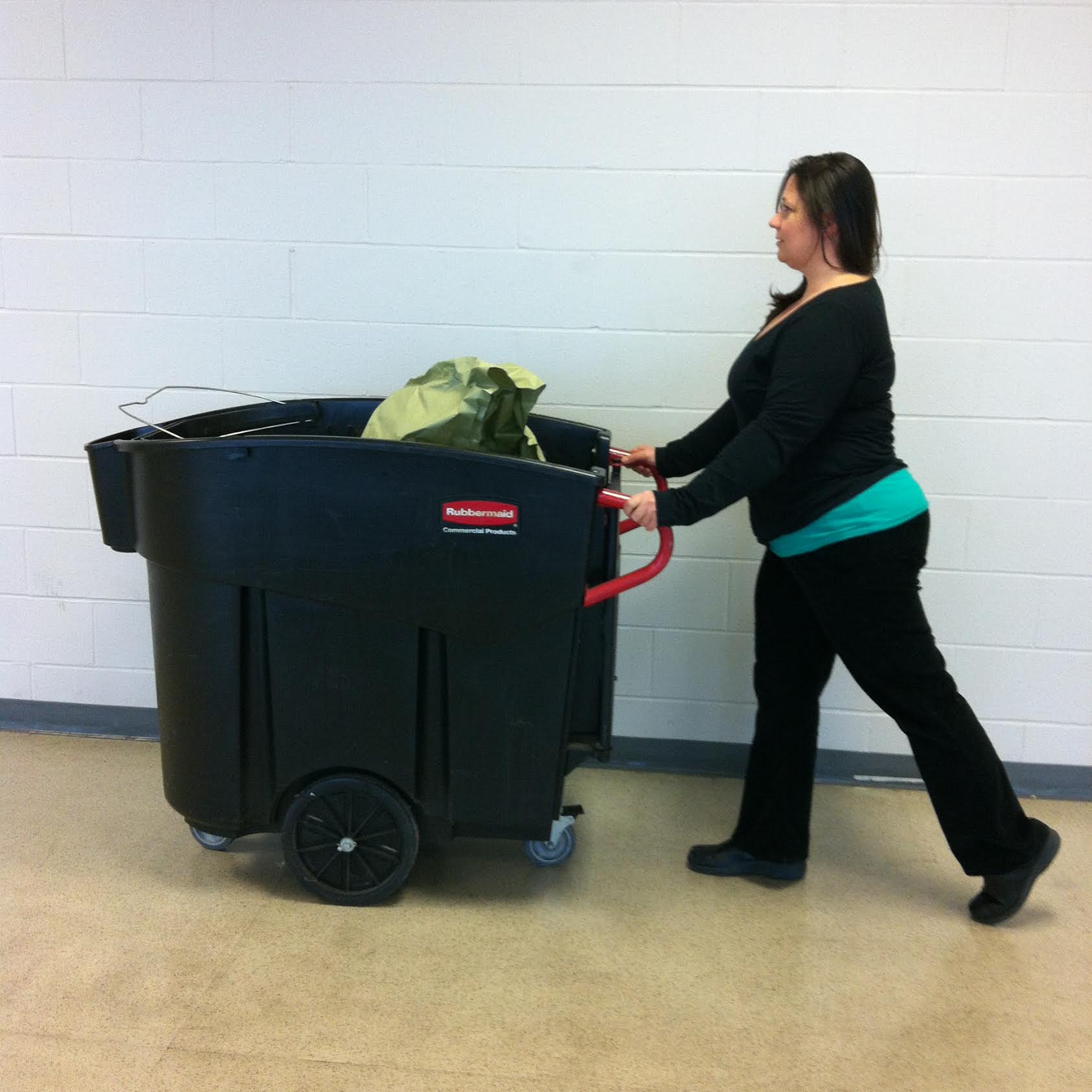
Push and Pull Safely With Work-Fit
Pushing and pulling injuries are a major hazard in certain industries, from automotive production to aerial transport. However, with proper techniques workers can avoid injuries when involved with pushing or pulling any objects.
With Work-Fit, your company will have an athletic trainer on-site or via telehealth who is dedicated to implementing injury prevention techniques. The ultimate goal for any organization is keeping employees healthy and happy, and we help to achieve that goal by building a foundation of custom plans for proper ergonomic and biomechanics practices.
Contact us today to see how we can transform your workplace culture of safety and wellness!
